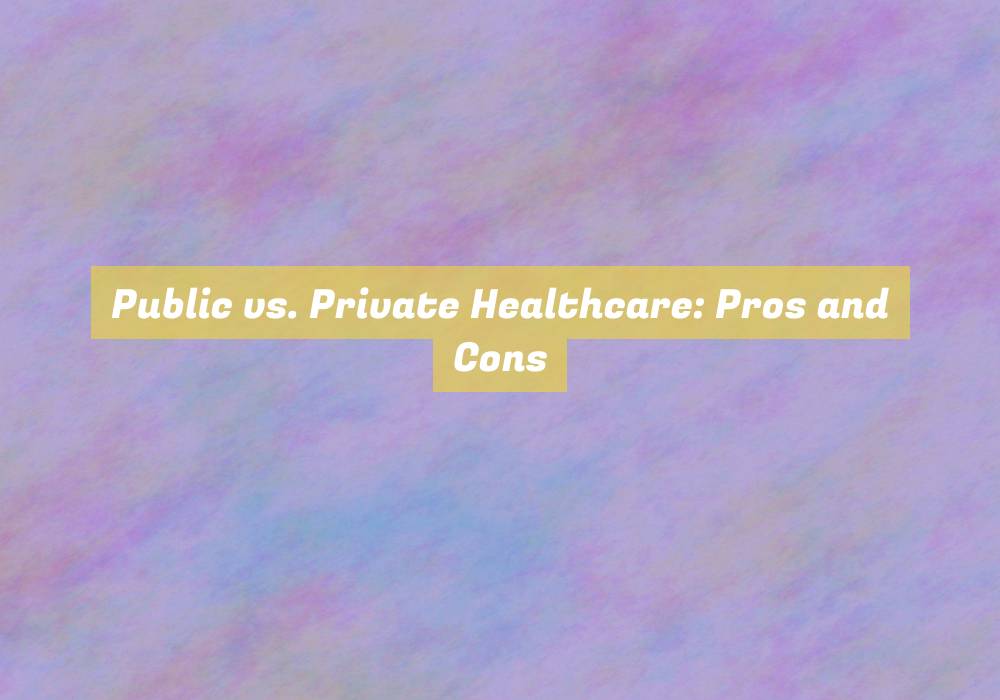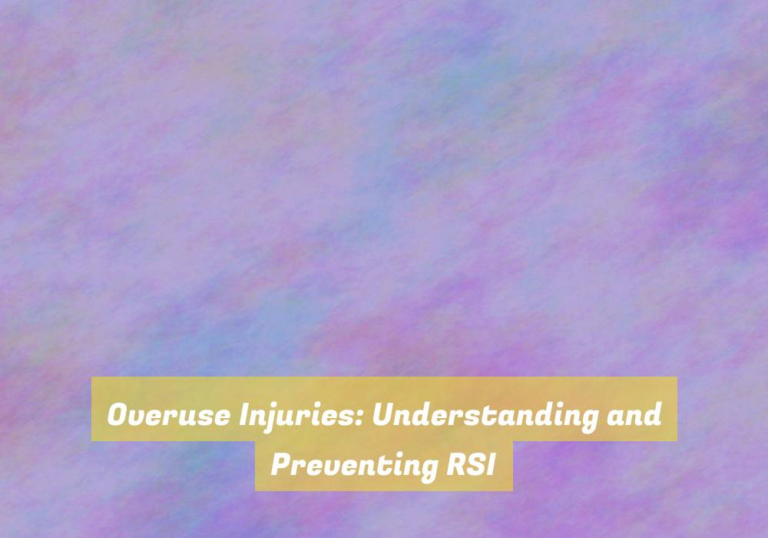Public vs. Private Healthcare: Pros and Cons
When it comes to the debate over public versus private healthcare, itGÇÖs akin to navigating a complex maze with no clear end in sight. The decision of which system is superior is not a simple one, as both have their own set of advantages and drawbacks.
So, how do you determine which one is the right fit for you and your loved ones? Well, letGÇÖs take a closer look at the key factors that shape this contentious issue and weigh the pros and cons of each, so you can make an informed decision for your healthcare needs.
Accessibility and Affordability
When evaluating public and private healthcare systems, itGÇÖs essential to consider the accessibility and affordability of healthcare services for all individuals.
In the public healthcare system, accessibility is often a key advantage. Public healthcare facilities are widely distributed, providing easy access to a broad range of medical services for the general population. The government funding of these institutions often allows for lower costs, making healthcare services more affordable for a larger portion of the community. However, waiting times for non-urgent treatments can be longer in the public system.
On the other hand, private healthcare systems can offer greater accessibility in terms of shorter waiting times for consultations and procedures. However, this often comes at a higher cost, which may limit accessibility for individuals with lower incomes or without adequate insurance coverage.
Affordability is a significant concern in the private system, as the costs of medical services, treatments, and medications can be prohibitive for many people.
Quality of Care and Efficiency
To assess the quality of care and efficiency in healthcare systems, itGÇÖs crucial to consider the effectiveness of treatments and the timely delivery of medical services.
In a private healthcare system, the quality of care often depends on your insurance coverage and ability to pay. Those with better insurance or financial resources may receive faster access to specialists and advanced treatments.
Conversely, in a public system, access to care is typically based on medical need rather than financial status, ensuring that everyone has access to essential treatments. However, this may lead to longer wait times for non-urgent procedures.
Efficiency in a private system is often driven by competition and profit motives, which can incentivize quick turnaround times and cutting-edge technology. On the other hand, public systems may face bureaucratic hurdles that can slow down decision-making and resource allocation.
Both systems have their strengths and weaknesses when it comes to quality of care and efficiency, and the ideal system would likely incorporate elements from both to ensure equitable access and effective treatments.
Funding and Resource Allocation
Moving from the discussion of quality of care and efficiency in healthcare systems, itGÇÖs essential to consider the critical aspect of funding and resource allocation.
In public healthcare systems, funding primarily comes from taxation and government budgets, aiming to provide access to healthcare for all citizens.
Private healthcare, on the other hand, relies on individual insurance, out-of-pocket payments, and employer-based coverage.
The difference in funding sources often leads to varying levels of resource allocation.
Public healthcare systems may struggle with budget constraints, leading to longer wait times for certain procedures or limited access to advanced treatments.
In contrast, private healthcare systems can offer more immediate access to care but may result in unequal access based on an individualGÇÖs ability to pay.
The challenge lies in finding a balance between adequate funding and efficient resource allocation to ensure that all individuals have timely access to necessary healthcare services.
Both public and private healthcare systems must carefully consider how funding is allocated to meet the diverse needs of their populations while maintaining sustainability and quality of care.
Patient Choice and Control
You have the ability to make informed decisions about your healthcare options and take an active role in your treatment plan. In a private healthcare system, you often have more control and flexibility in choosing your healthcare providers, treatment options, and appointment times. This can lead to a more personalized and tailored approach to your healthcare.
On the other hand, public healthcare systems may limit your choices based on availability and resource allocation. However, public healthcare often ensures that essential services are available to everyone, regardless of their ability to pay.
ItGÇÖs important to consider the impact of cost on your choices. In private healthcare, you may have a wider range of treatment options, but these can come with high costs. Public healthcare systems typically provide more affordable options, but there may be longer wait times for certain treatments and procedures.
Ultimately, patient choice and control in healthcare is a balance between individual preferences, financial considerations, and access to necessary care. ItGÇÖs essential to weigh the pros and cons of public and private healthcare systems to make the best decisions for your unique healthcare needs.
Conclusion
In conclusion, both public and private healthcare systems have their pros and cons.
Public healthcare provides accessibility and affordability, but may lack quality and efficiency.
Private healthcare offers better quality and control, but at a higher cost.
Finding the right balance between the two is crucial for providing the best healthcare for all.
ItGÇÖs a complex issue with no easy solution, but by considering the advantages and disadvantages of each, we can work towards improving healthcare for everyone.








You’ve brought up such a crucial point about accessibility and affordability in healthcare. I’ve found that the real question often lies not only in which system is superior but also in how they can complement each other. For instance, my experience with the public healthcare system has shown me just how beneficial it can be when it comes to preventive care and routine checkups, often available at little to no cost. However, I’ve also seen friends struggle with long wait times for specialized services, which sometimes leads them to seek private care.
You’ve touched on an important aspect of healthcare that often gets overlooked in the broader debates about public versus private systems. It’s compelling how your experiences highlight both the strengths and the weaknesses of different approaches. There’s no doubt that the public healthcare system often shines when it comes to preventive care and routine checkups. Having access to these services without the burden of hefty fees can make a world of difference in maintaining overall health.
It’s interesting to hear your perspective on the dual role of public and private systems in healthcare. You’ve touched on a key issue: the balance between accessibility and efficiency. Public systems often excel in preventive care, as you mentioned, making routine checkups and early interventions more accessible. This is crucial because catching health issues early can lead to better long-term outcomes and is often less costly for both patients and the system.
You’ve touched on a critical debate that resonates with many, especially as healthcare systems worldwide continue to evolve under economic pressures and societal expectations. The emphasis on accessibility and affordability you mentioned is indeed pivotal, as these elements often dictate the quality of care individuals receive.